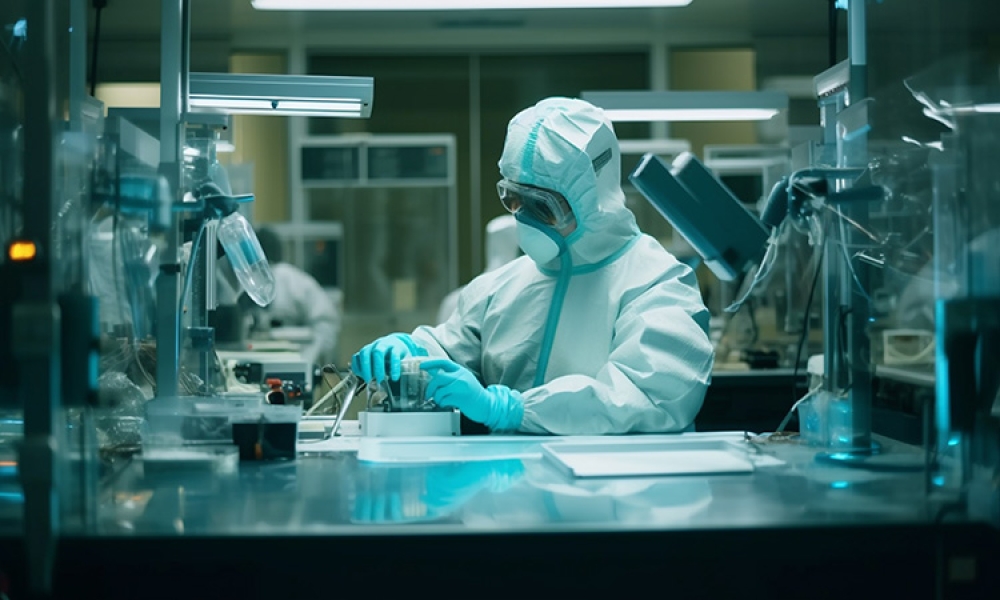Auxiliary Medicinal Products in EU Clinical Trials

The new EU Regulation No. 536/2014 was introduced on 16 April 2014 and is expected to be implemented in Europe by October 2018 at the latest. In addition to significant changes related to the application process, the Regulation contains rules for conducting clinical trials including the management of a clinical trial's drug supply.
Terminology
The Regulation introduces new terms which Sponsors will need to incorporate into their processes and documentation as required. For example, the term “Auxiliary Medicinal Products” or AMP, which basically replaces the traditionally used term of Non-Investigational Medicinal Product (NIMP). Additionally, the Regulation differentiates between authorized and unauthorized AMP (in the EU), in a similar way to Investigational Medicinal Products (IMPs). The following definitions are included in the Regulation: Auxiliary medicinal products: A medicinal product used for the needs of a clinical trial as described in the protocol, but not as an investigational medicinal product. Authorized auxiliary medicinal products: A medicinal product authorized in accordance with Regulation (EC) No 726/2004, or in any Member State concerned in accordance with Directive 2001/83/EC, irrespective of changes to the labeling of the medicinal product, which is used as an auxiliary medicinal product. In summary, AMPs are related to the design of a clinical trial, but are not considered as Investigational Medicinal Product (IMP), e.g. background medication, rescue medication, diagnostics etc.. Note that, challenge agents are typically considered as IMP, though there have been discussions and different decisions in the past. Auxiliary medicinal products should not include any medication unrelated to the clinical trial and not relevant for the design of the clinical trial (concomitant medication). In all circumstances, the clinical trial protocol must include a description of these products and refer to the characteristics of an AMP. Obviously, there is a preference for the use of authorized AMP and as a general rule the Regulation requires the use of authorized AMP. However, it also states that where no authorized auxiliary medicinal products are available in the EU or where the sponsor cannot reasonably be expected to use an authorized AMP, a justification for use of an unauthorized AMP should be included in the protocol. The price of authorized auxiliary medicinal products should not be considered as having an effect on the availability of such medicinal products. In any case, the protocol shall include a statement on the authorization status of AMPs and the use in accordance with the terms of their marketing authorizations. The general requirements for AMPs are identical to those for IMPs, with respect to the manufacturing license, importation into the European Union, the requirement for GMP compliance and the QP certification process, the arrangements for tracing, storing, destroying and returning, as well as the requirements for the documentation in the product dossier. In terms of the content of the application, exceptions apply for authorized AMP and there is no need to describe the labeling, as the Regulation states a general rule not requiring any additional labeling for use in a clinical trial.
AMP Labeling Requirements
The labeling requirements for unauthorized AMP are almost identical to those for unauthorized IMP, including the new additional requirements listed in Annex VI of the Regulation. Exceptions to this are the absence of a specific requirement detailing an address and telephone number for the main contact (or their reference to a patient card or leaflet). According to the Regulation this information may be omitted. Missing as well is the statement “keep out of the reach of children”, however, unless the product is not taken home, we would not advise to omit this from labeling for safety reasons. Labeling of Unauthorized AMP The labeling requirements for unauthorized AMP in section B of Annex VI does not mention explicitly, unlike for unauthorized IMP, any simplification of labeling requirements for immediate packaging, if this and outer packaging provided are intended to stay together or for small immediate containers. From the wording in the Regulation, it is not possible to omit:
- Route of administration (at least for solid dose)
- Storage conditions
- “For clinical trial use only”
However, with reference to the labeling requirements for unauthorized IMP, we suggest to apply the specific simplifications for immediate packaging for unauthorized IMP to unauthorized AMP as well if necessary or in a standardized clinical trial setting. The reference to the situation for IMP can be used as rationale in the CTA approval process. Labeling of Authorized AMP Similar to IMP, where required by the specific circumstances in the protocol of a clinical trial to ensure subject safety or the reliability and robustness of data generated, additional particulars should appear on the outer packaging and the immediate packaging, as follows:
- Main contact,
- “For clinical trial use only” or similar wording
- A trial reference code to identify trial site, investigator, sponsor, and subject
We recommend describing these situations in the clinical trial protocol.
Summary
It is important to describe the characteristics of any product carefully in the clinical trial protocol to provide a rationale for the status of auxiliary medicinal products. The status of an AMP provides less requirements in the dossier compilation and the labeling of the product, thus for the product supply chain. This is only valid for authorized AMPs.
Catch up on the first blog post of this series - Introduction to EU Clinical Trial Regulation No. 536/2014. Want to receive the next installment delivered straight to your inbox? Subscribe to ISPEAK.
Acknowledgements
Ted Bradley (Pfizer) – IP COP Task Team Contributor. Hans von Steiger (Pfizer) – Regulation Introduction Author Magali Busqet (Sanofi) – IP COP Task Team Contributor Massimo Eli (Merck) – IP COP Task Team Contributor Chuck Gentile (Sanofi) – IP COP Task Team Contributor Juliette Kirk (Pfizer) – IP COP Regulatory Consult Kirsteen Magee (Mylan) – IP COP Task Team Contributor Marianne Oth (Eli Lilly) – IP COP Task Team Contributor Martin Waldherr (Roche) – IP COP Task Team Contributor


